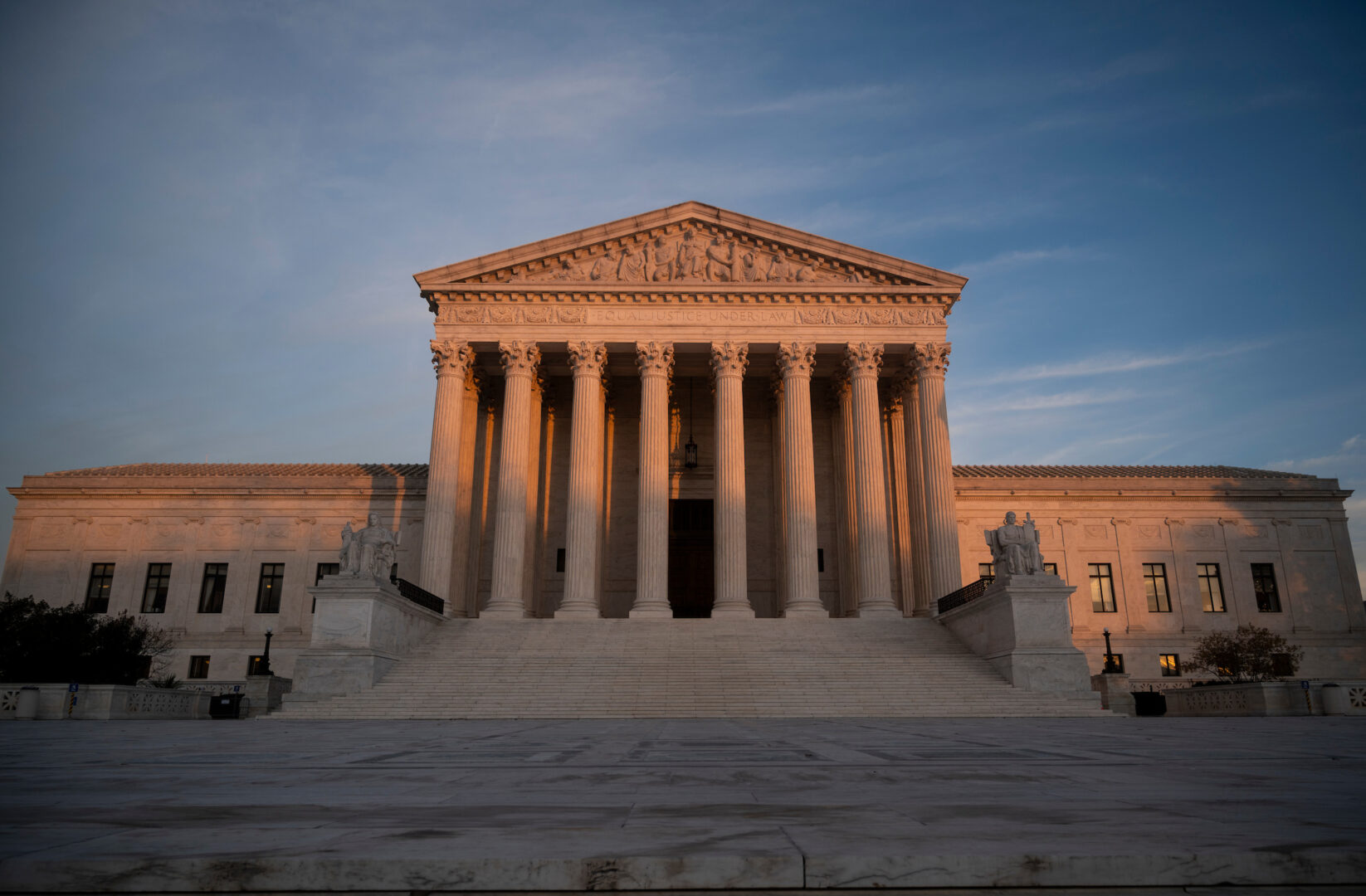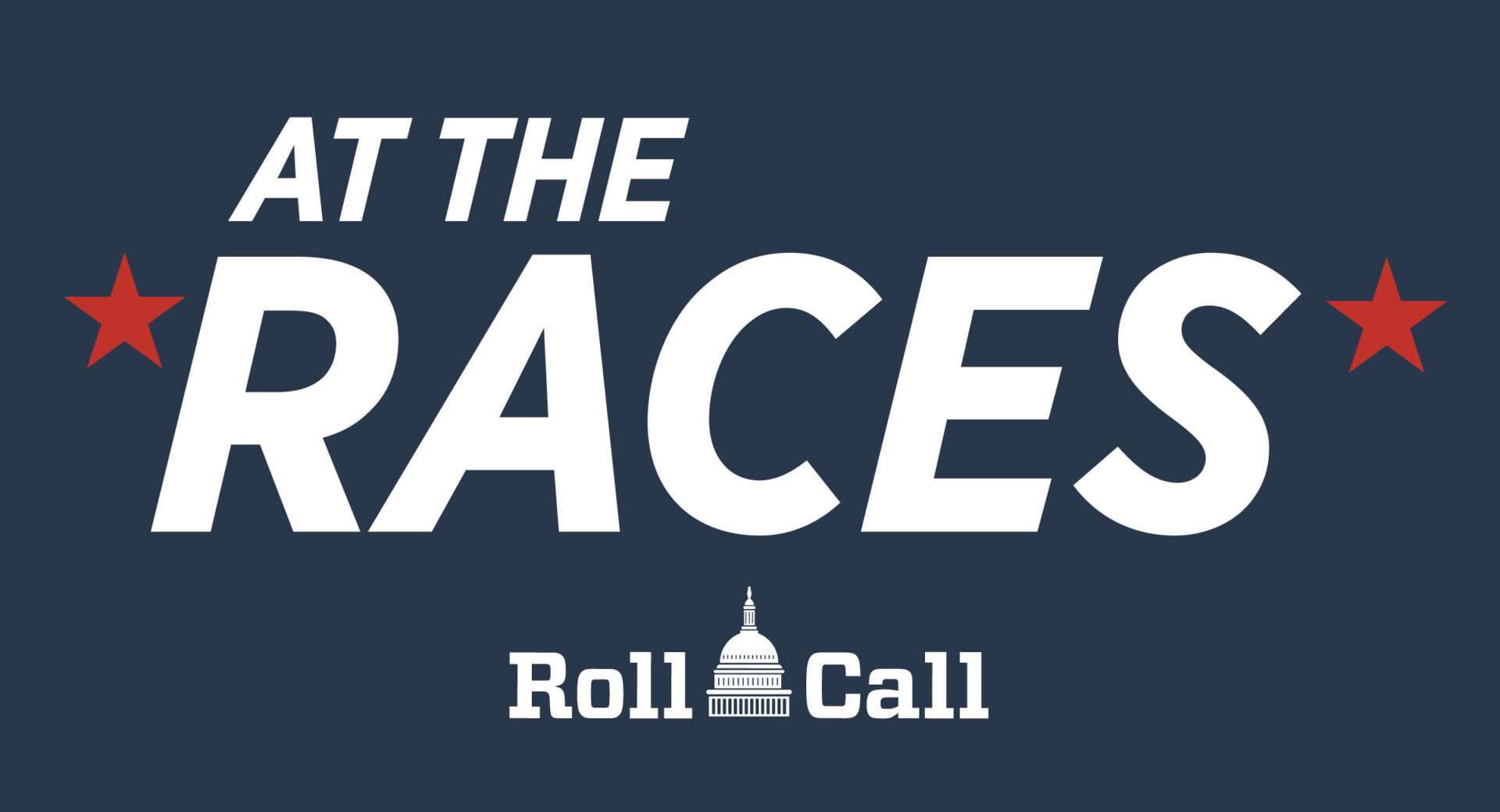Does the Trump Brand Carry a Premium?

In keeping with tradition, here’s the headline. Then we’re going to explain it before you get to the good stuff. Deal with it.
The Trump Organization derives revenue from licensing the Trump name to place on buildings. Based on analyzing more than 33,000 transactions, the brand results in the properties selling for 18.2% less when compared to similar properties in the same ZIP code. The downward trend has been underway since 2014, prior to Donald Trump’s election.
That’s more of a mouthful than normal. And if you want to cheat, you can skip to the new Factba.se Trump Brand Index, which will track this constantly based on real estate transactions.
And it’s late. So let’s get explainin’…
It’s Been a While Since You Blogged. What Gives?
Building a business gets in the way of doing deep research. The whole “need to eat and send kids to college thing.” It’s Sunday at about 2 a.m. while I’m writing this. And get off my lawn.
This Has Nothing to Do with The Above.
Right, back on target.
We’ve read some articles that reference the perceived change in the value of the Trump brand. There was a piece in The Washington Post earlier this month discussing merchandising. The Wall Street Journal has been taking a look. Even Realtor.com wrote about it. The deepest consistent dive we’ve seen is from CityRealty, which has been trending condos compared to Trump-branded condos in the New York area. If you haven’t seen their Trump Report, it’s well thought out, and they clearly have a better production budget than we do.
But what we’ve seen, with CityRealty as the exception, are qualitative stories. That is, there hasn’t been a comprehensive look, across all Trump-branded properties, to see if he is, in fact, profiting from the Presidency.
This is important for two reasons:
- Trump has not placed his assets in a blind trust. He still maintains control of his properties and his companies, even if he has elected not to exercise that control, vs. a blind trust, where he could not exercise that control even if he wanted to. This can lead to issues affecting diplomacy, among other challenges.
- The Trump Organization has built a significant, but non-quantifiable, portion of its business in licensing the Trump name. Most new construction involving the Trump brand in the past decade is via licensing the Trump name and/or handling management.
Therefore, the value of the Trump brand isn’t something abstract. The brand is the product. The Trump Organization, which is currently ranked 40th on Crain’s list of the largest private companies in New York, generates revenue from licensing the brand in the hospitality and real estate verticals. The expectation is the brand brings a premium.
However, measuring that performance, and its relative value within a privately held company is difficult, even with the public financial disclosures he must file. These disclosures are not a P&L. They are ranges of values and are not required to indicate a profit or a loss. And there’s no public record of membership in Trump clubs, nor occupancy in Trump-branded hotels.
Great, So It’s Impossible…
 Not quite. But pretty damn hard. But at least it was a starting point.
Not quite. But pretty damn hard. But at least it was a starting point.
What we can measure is the resale value of units in Trump-branded buildings. This information is fragmented but public. We can also measure the performance of sales of condominiums in the same ZIP code, and further measure the performance of similar condos, that is, condos in the same price band, or quartile, as Trump-branded condos.
So we had a direction, but we didn’t quite have an idea of what we were in for.
First, we had to figure out what was in and what was out. Trump hotels and clubs were clearly out of the evaluation. Trump Bay Street in Jersey City is a rental complex and was similarly removed. The handful of villas at Trump National in California were too small a sample, as were transactions at Trump Park Residences in Westchester.
We made a decision to similarly exclude four buildings on Riverside Drive in Manhattan (120, 200, 220 and 240 respectively) that are currently involved in a lawsuit to remove the Trump brand. It would be difficult to gauge the impact of the Trump brand when it may or may not be removed.
That left 20 buildings branded Trump in New York (9), Florida (7), New Jersey (1), Illinois (1), Hawaii (1) and Connecticut (1) with a total of 5,483 condo units between them all. This range spans 9 different counties and 14 different ZIP codes. So we had our sample. The rest is cake, right?
An Open Data Rant
So, real estate transactions are public records. They should be easy to get at. And I should be sleeping. Enough fantasy.
Fat chance. Eight of the buildings were easy, thanks to the Open Data Connecticut site and, in particular, the completely and thoroughly awesome New York City Department of Finance, which has everything up to date in handy spreadsheets with easy historical data. And, small (but large) miracles: standardized data fields and columns across data back 15 years. If you see Dr. Jacques Jiha, give him a smooch and tell him he’s our hero.
Broward and Palm Beach County had antiquated but eminently crawlable sites. New York State clearly didn’t read the Dr. Jiha playbook and was a train wreck in Westchester, so thank you to Gannett for pulling it together. We’re still not sure why Monmouth County hosts Hudson County’s records for Jersey City, but it’s Jersey. We’ll call it even. Chicago had some private sites to piece together. Honolulu was pure Zillow (and thank you to Zillow for making it easy to fill in recent sales. We love you and your awesome data.
But we’re taking a whole paragraph out to yell at Miami-Dade. They have this nice comparison tool. But they went out of their way to make it next to impossible to pull down any data. Literally anti-bot tech the likes of which Google would be proud of. Their Microsoft server pages were tinfoil-hat-level paranoid. And they limit the data to 2015.
Folks: it’s public data. Call Dr. Jiha and learn a few things. Run a dump of your Microsoft database. You can even script it.
From there, we had to fill in square footage data for about 50,000 units. We won’t bore you with that slog, though it was a combination of our awesome researchers, and teaching Margaret, our AI, how to slog through Google results to fish it out. (Hint: Google address + # + unit + city + sq ft. Pull first results page. Teach bot to find square footage and read addresses. Two solid matches on reserved list of real estate sites = victory. Repeat tens of thousands of times).
The square footage is important. You can’t really compare sales of different sizes, high floor vs. low floor. But you can use a common metric used in the real estate industry: price per square foot. It smoothes out these swings between $200,000 and $2,000,000 condos by breaking down the value into comparable figures.
Almost There. Promise.
We invested probably 200 person-hours in this. Bear with us a bit longer.
So we had the data. We had to filter out bad data, non arm’s-length transactions (zero or below market sales, usually to family members), foreclosures, and obvious outliers, like a 600,000 square foot apartment in Midtown, or miracle 1,000 sq ft apartments in Murray Hill selling for $150,000. I don’t think so.
That ended up with a bit more than 33,000 real estate transactions since 2010.
From there, we sliced four ways:
- Data Sample. We compared sales of condos in the same ZIP code to the sale of Trump-branded condos. We also ran the same comparison by quartile.
- To do this, we established which quartile each Trump building was in. In Jersey City and Honolulu, it landed in the 3rd quartile, meaning on average, sales of units fell in the 50-75% range. So these are close to the upper tier, but not in the upper tier based on sale price in that ZIP code.
- Similarly, Trump Parc and Trump Parc East on Central Park and Trump Palace on East 69th Street landed in the 50-75% range. That may sound wrong, but remember Central Park South shares a ZIP with Billionaire’s Row, where Michael Dell paid $9,200 per square foot recently. Apparently Central Park South is a step below that.
Billionaires. They’re just like us. Except they’re not. - The remainder were all in the 4th quartile… at the top of the chart.
- Time. We ran data by month for the full sample and by quartile. There was not enough data to accurately subslice geography by month. We sliced New York State and City by quarter. Every other geo we sliced by year
- Geography. See above.
- Index. This is what we’ll use going forward. The index selects a start point (January 2010) where the difference in average square foot price between Trump-branded condos and non-Trump condos is established in a ratio. This sets the index at 100, similar to how Zillow, or the U.S. Government, indexes markets.
Then, moving forward, that ratio is tracked moving forward, establishing the difference from the start point. Numbers above 100 are positive. Below 100, negative.
We also cross-checked our percentile bands, means and medians against median sale prices and trends provided by Redfin, Streeteasy, and Zillow, and further checked our trendlines against Zillow’s ZHVI Index index for condos. The lines all checked out. Please, double check our math below, just in case (see downloads).
Enough Already. Get To it.
Okay, okay. You got the headline, so let’s dive in.
First, high-end condo sales are cool across the country. That means, in general, expensive units are taking longer to sell, or selling for less.
The index, however, takes that into account. The question is: are Trump-branded units moving higher, lower, or with the market?
So far, Florida is the shining spot for the Trump brand. On a year-over-year basis, Trump buildings are holding their own against the market. The Trump brand was selling for a 19.8% discount in Florida in 2010. Now, they sell for a 2.1% premium as of 2018. Note in Florida, we don’t have data for the 1,446 units in Sunny Isles Beach (right near where the Rascal House used to be) until 2015, so that may skew the data. Trump Hollywood and Trump Plaza of the Palm Beaches are definitely trending lower than their respective ZIP codes and quartiles, where Sunny Isles Beach is not.
Writer’s note: Sunny Isles Beach will always be North Miami Beach to me (#winstontowers, shuffleboard, the smell of onions frying, רעדן אויף ייִדיש).
Other properties individually show an upward trend or are stable against the index. Trump Palace and Trump Parc East in New York City and Trump Plaza Residences have all increased. Trump Waikiki, on low volume, is up significantly. And Trump Plaza in New Rochelle and Trump World Tower appear stable.
In New York City, the Trump brand is trending below the market at a faster pace. In 2010, the Trump brand carried a 4.5% discount on comparable units. In the first quarter of 2018, it carries a 16.6% percent discount when compared to similar units. This is particularly acute in Trump Tower, where the brand appears to result in a 39.8% discount over its cohort in 2017. There have been no sales recorded in 2018 by New York City to measure against.
The Trump Brand
Overall, the Trump brand is trending down in the United States, as measured by 1,845 transactions in Trump-branded properties since 2010, compared against 31,618 transactions overall in the same ZIP codes. Rather than commanding a premium, paying to license the Trump name for real estate, as of Q1 2018, results in an 18.2% discount when compared to properties in its quartile.
If we compare against all transactions, including lower-end units not associated with the Trump brand, it has gone from commanding a 59.4% premium at the beginning of 2010 to 17.2% premium today.
What is clear from the data is this trend pre-dates by more than a year Trump’s announcement to run for President on June 16, 2015. The trend has continued, and in New York City, in particular, accelerated, since his election. No matter if we sliced the data by quartile or with all ZIPs, or sliced by geography, the same downward trend appears at least a year prior to his candidacy.
It’s important to note what the above means. The downward trend in the Trump brand began well before his entry into presidential politics in the 2016 cycle. There is not an inflection point in his candidacy and rise to the Oval Office. We can’t say if his election helps, hurts, slowed the decline or increased it, other than indicators in New York. The brand was in decline before he began his run.
We wanted to pursue this further outside the United States, but that data is difficult to come by in Panama, the Philippines, India, and even Canada.
To answer the initial question of this thought exercise: the Trump brand is not being served by the Trump presidency in the United States, in the sense that it has not resulted in an uptick in the value of Trump-branded units. There is no sign, outside of Sunny Isles Beach properties, that his being president is increasing the value of the Trump name. The opposite, in fact, is proving to be true. But the opposite predates his run.
One Interesting Note
A researcher pointed out this particular detail. The Associated Press lists Trump has winning 2,626 of 3,141 counties in the 2016 election. The Trump brand is on 20 condominium properties in nine counties in six states.
Though Trump won 83.6% of the counties in the 2016 election, not a single county with a Trump-branded condominium property voted for him. The closest was in Palm Beach County, which he lost 58-41.
| Trump | Clinton | ||||
| County | State | Votes | % | Votes | % |
| Fairfield | CT | 160,077 | 38.00% | 243,852 | 57.89% |
| Broward | FL | 260,951 | 31.37% | 553,320 | 66.51% |
| Miami-Dade | FL | 333,999 | 34.00% | 624,146 | 65.80% |
| Palm Beach | FL | 272,402 | 41.13% | 374,673 | 57.82% |
| Honolulu | HI | 90,326 | 31.61% | 175,696 | 61.48% |
| Cook | IL | 440,213 | 21.40% | 1,528,582 | 71.40% |
| Hudson | NJ | 49,043 | 21.90% | 163,917 | 73.20% |
| New York | NY | 64,930 | 9.71% | 579,013 | 86.56% |
| Westchester | NY | 131,238 | 31.20% | 272,926 | 64.88% |
It has nothing to do with anything, but was an interesting datapoint. His brand is marketed and sold, as far as condos, entirely in counties that did not vote for him.
One Last Point
As we always note, we could be wrong. We’re open to different analyses and opinions, but we expect data in the response. The world has enough opinions, so we try to stick to… facts. Facts that can be independently verified and proven.
To that end, CityRealty’s analysis has had some strong responses from The Trump Organization. In particular, Eric Trump responded in The New York Times last month as follows, direct from The Times:
“Data can be manipulated to tell any story you want,” said Eric Trump, the president’s son and an executive vice president of the organization. “The fact remains, our buildings sell for the highest prices per square foot of any properties in the world,” he said. “That is undeniable.”
So, we’d like to say the following:
One: Our data supports CityRealty’s analysis and expands that analysis out to properties in Westchester, Jersey City, Stamford, Chicago, Florida, and Hawaii. Other than previously noted movement in Florida, the trend is down and has been since 2014.
Two: This.
Three: So we’re all on the same page, we’re open-sourcing all the data used for this analysis, and encourage others (We’re looking at you, Miami-Dade!) to do the same. You’ll find download links on the Factba.se Trump Brand Index page, and at the bottom of this page.
That’s all the raw data, line-by-line, every transaction, including data we excluded for incomplete/incorrect data (in case someone wants to tackle that!). So, that’s 48,000+ line items of data, plus all the resulting output we’re using in this post and in our Brand Index
As a side note, each line item includes a link to the source of the data. So please, don’t take our word for it. Trust, but verify.
Before making a claim, please share the data. Use ours, or provide your own to be verified.
That’s all we got folks. Nothing to see here.
Research for this analysis was done by Cheryl Ley, Cori Lovas, Maite Dizon and Paula Boyland. A thank you to Chad Smolinski and Matt Koll for their guidance on statistics. Note: only I am to blame for the ridiculous writing.






